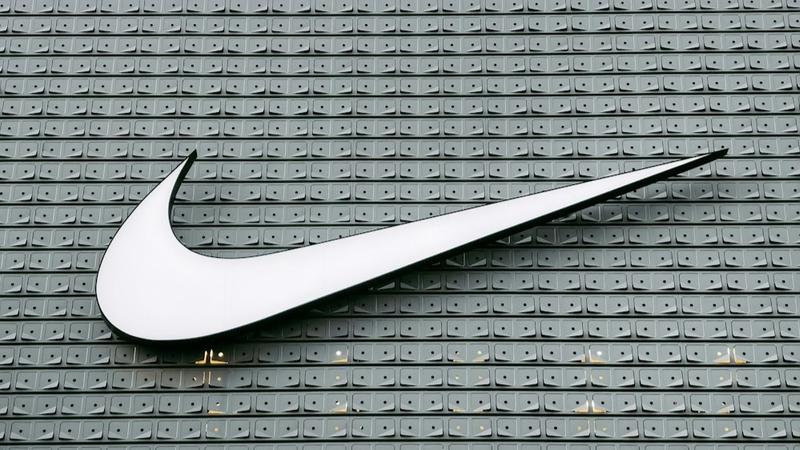Published 13:23 IST, July 1st 2024
Underdogs force Nike into game of defense
The Oregon-based company on Thursday revealed that sales dropped 2% year-over-year in the three months ending May.

Not-so-fancy footwork. Nike is trying to get its head back in the game. The athletic shoemaker’s shares fell nearly 20% on Friday morning after it revealed less-than-stellar fourth-quarter results, with a prediction of weaker sales ahead. Upstart brands are eclipsing its venerable Air Jordans, prompting a promise of renewed innovation and a pullback on costly efforts to sell kicks directly to customers. Trouble is, Nike starts this catchup race on the back foot.
The Oregon-based company on Thursday revealed that sales dropped 2% year-over-year in the three months ending May. Worse, it expects revenue to decline 10% in the next quarter.
Such a drastic slowdown puts Nike's years-long strategy to push away from relying on traditional retail partners to become both a digital and brick-and-mortar shoe-seller itself in the spotlight. The promise was that, after a big investment to get operations up and running, Nike could cut out costly middlemen. Despite early successes, things are now going the wrong way: revenue from direct sales fell 8% this quarter, while wholesale revenue rose 5%.
CEO John Donahoe admitted back in April that the push had gone too far, and Nike is refocusing on working with retail partners – and gaining access to their customers. But simply backpedaling won’t be enough. Shoppers are increasingly lacing up with other brands: Upstarts like On and Hoka, owned by Deckers Outdoor, are gaining market share, especially in the running shoes category. Nike executives say they’re dialing back supply of now lower-selling classic footwear franchises. On, meanwhile, grew sales 21% last quarter.
As an antidote, Nike executives are promising a revamp. “Newness” and “innovation” were mentioned 21 and 47 times, respectively, during its earnings call. They have a lot of ground to make up. Shareholders in Nike have seen a loss of over 30% in the past year. Over that period, On generated a shareholder return of 25%, and Deckers Outdoor some 93%. Perhaps anticipating more slow times ahead, investors now value Nike at 25 times expected earnings, according to LSEG data, below Deckers’ 31 times and On’s 37 times. As any good athlete knows, clutch moments when you’re down on the scoreboard require a tactical switch-up. But it’s hard to disagree with apparent investor sentiment, or even Nike’s own CFO Matthew Friend, who conceded to analysts: “A comeback at this scale takes time.”

Context News
Nike reported fourth-quarter revenue of $12.6 billion on June 27, down 2% compared with the same period a year earlier. Revenue from its direct-to-consumer business totaled $5.1 billion, down 8%, while wholesale revenue stood at $7.1 billion, up 5%. The company told analysts in its earnings call that it expects revenue for its current fiscal year, which ends on May 31, 2025, to be down mid-single digits, with the first half down high-single digits. It expects first-quarter revenue to be down around 10%.
Updated 13:23 IST, July 1st 2024
